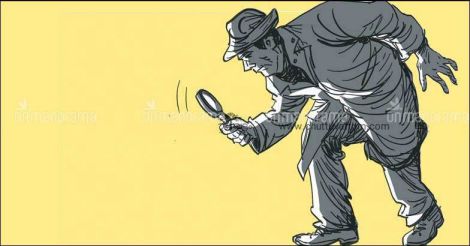If anything was more alarming than the series of mysterious deaths in a village in Kannur district, it was the surprise arrest of a 28-year-old woman for poisoning her aged parents and young daughter. Soumya gave the investigating officers a hard time before she cracked up and confessed to the murders.
Faced with an unlikely suspect, the police team investigating the Pinarayi murders had to rely on unconventional methods. The officers had to shed the ruthless image of the police and don the role of concerned psychologists to get the suspect sing.
To begin with, Soumya seemed like yet another victim. She was hospitalised with symptoms related to poisoning, much like her parents and daughter who had died of unexplained causes. The last member of the family had also met the same tragic fate and the police were protecting her in the hospital’s intensive care unit. So the people thought.
The investigating team, however, was already on the job. Soumya was doing just fine, the doctors said. Keeping her in the intensive care unit was a ploy to keep her in the dark while they went about collecting information on her.
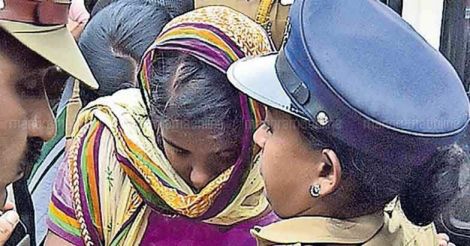
Retracing a troubled life
A police team led by circle inspector K E Premachandran had traced her entire background before she was discharged from the hospital. The team was convinced that they were not dealing with just a woman next door.
They knew which school she went to, who she married and how she broke up with him. They revisited all the places she had worked in and talked to all the people she was close to.
The cops were talking to Soumya even before she was out of the hospital, ensuring that she did not get the slightest doubt about the direction of the investigation. Even Soumya believed that she was being treated. What the policemen actually wanted was to prevent her from going about destroying evidence.
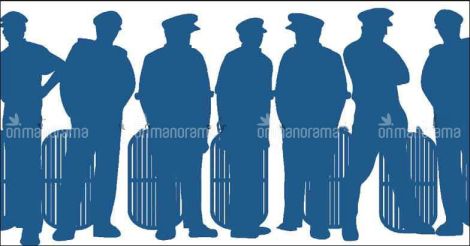
As soon as Soumya was discharged from hospital in the morning, she was quietly taken to the Thalassery Rest House. Even then she had no idea she was under the needle of suspicion.
Additional superintendent of police Chaithra Theresa John and Premachandran tried all the tricks in their books to force a confession out of Soumya. An ordinary village woman would have broken down before the police within 30 minutes. Soumya, however, withstood the questions for nine long hours.
"Do you think anyone could kill her own parents and child?" Soumya kept asking the puzzled officers with an innocent air. Enter Kannur deputy superintendent of police P P Sadanandan.
Psychological route
Sadanandan had a reputation for taking a psychological route to solving crimes. His knowledge in psychology had come handy in interrogation in several high-profile cases, including the Jisha murder in Perumbavoor.
"The first challenge in applying psychology is to get to know the present situation of the suspect. Then the suspect has to be tempted out of her cocoon," Sadanandan said.
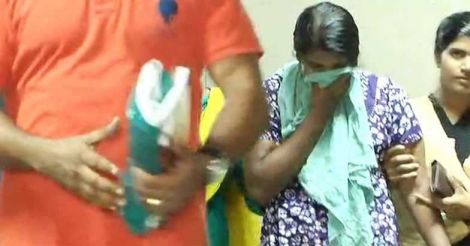
The officer met Soumya around 6 pm, already hours into the interrogation. She was in a stage psychologists termed as "parent ego".
"How would you react when your parents warned you of a punishment? You would try to cover up everything. Soumya was in such a condition. She kept rejecting all the claims the police made," he said. "My attempt was to win her over by convincing her that I was just trying to help her."
It was the investigating team's concern if she had committed a crime or not, the officer told the suspect. He also told her that she was inadvertently making a big mistake. I told her about serial killers including 'Ripper' Chandran.
"We were just telling stories in the interrogation room while the television channels made people believe that Soumya was being subjected to intense interrogation," he said.
"Culprits are always wary of the consequences of telling the truth. My attempt was to convince her that telling the truth can only help her."
To the child ego
The officer succeeded in taking Soumya to the next stage - the adult ego. "This is the stage when the suspect replies with much thought and cunning. She told me about her poverty and misery. She told me how she was cajoled into illegitimate relations by a woman she met in the cashew factory.
One of them visited her at home. Her daughter caught her with the stranger. The child kept asking her mother about the scene.
At this stage, Soumya asked for some water. Sadanandan knew he was on the right track. She was about to enter the next stage - the child ego. She was on the verge of confessing to the crime.
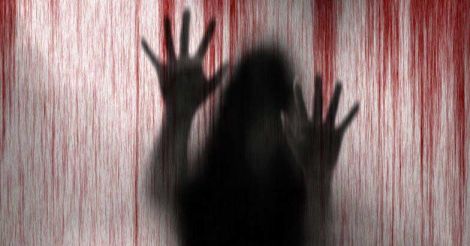
Child ego is a stage where the suspect would reply to any question without resistance. Sadanandan asked Soumya if she thought of doing away with the child.
"Yes, I thought so," said Soumya. That was the breakthrough the police team had been waiting for. Still the interrogator kept his cool without being excited. Soumya told him how she poisoned her daughter and her parents one by one. She also told him that she feigned illness to keep her above suspicion.
She even held on to the circle inspector’s hand and cried for several minutes. The suspect was crying like a child.
The crucial decision
What was the most crucial moment in the course of the investigation? The additional superintendent of police said it was the moment the police decided to conduct a post-mortem on Soumya’s mother Kamala, who died at the age of 65.
Soumya was dead against the post-mortem. The police team went ahead after Dharmadam sub inspector Arun Kumar insisted on the examination because of a similar tragedy in the family.
Subsequent forensic examination of Soumya's father Kunjikkannan's viscera convinced the police that the deaths were not natural. They still did not know if they were murders or suicides. That is when they decided to examine the child’s body too.
The post-mortem cemented the murder theory. The police team kept a low profile while they pursued Soumya.

























